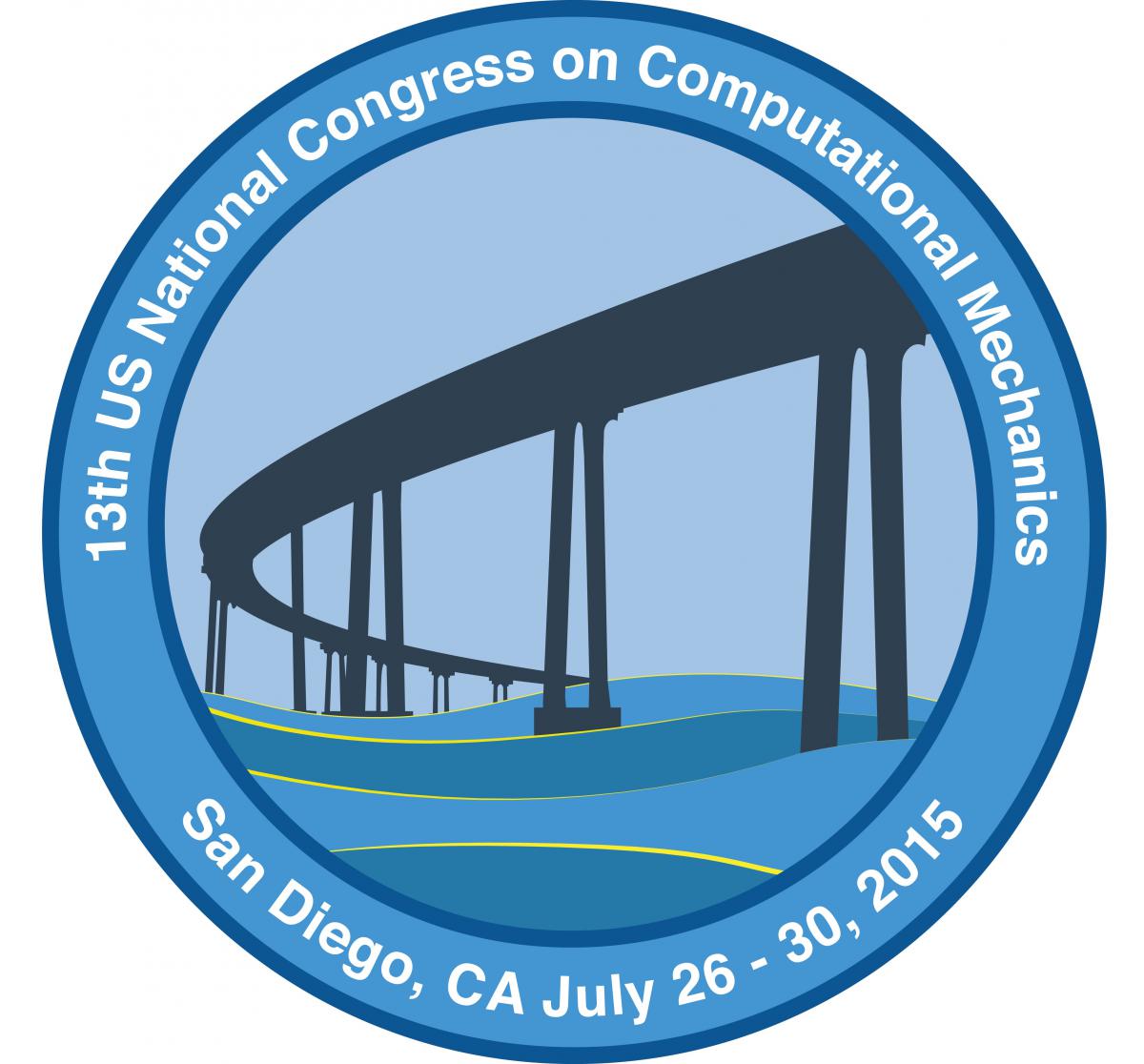Model and Solution Reduction Methods for Direct and Inverse Problems in Computational Mechanics
To reduce the computational costs, specific strategies based on reducing the complexity of the involved problems may be pursued. This includes any physically-based downscaling of the complexity of the problem at hand, like reducing its dimensionality as commonly done in 1D network models of the arterial system (“model reduction”). Other approaches rely on the reduction of the problem size by properly selecting the basis of functions to represent the solution (“solution reduction”). This procedure is often related to an offline/online paradigm, where the former step is computationally expensive but does not affect the actual online solution process. In the latter class of methods we mention the Proper Orthogonal Decomposition (POD) techniques and the Reduced Basis (RB) method. For specific applications like fluid flow in network of pipes, combination of different approximation techniques may lead to computational efficiency featuring an intrinsic adaptivity in different regions of the network, like in the Hierarchical Model (HiMod) Reduction approach. Proper General Decomposition (PGD) techniques are also becoming a well-established approach in several engineering fields.
In this Minisymposium we aim at gathering scientists working in different fields with the common denominator of using either model or solution reduction techniques (or both) for the fast and reliable solution of direct and inverse problems of real interest in engineering.
The Minisymposium consists of three parts:
1) a keynote speech addressing general trends in the field
2) a series of invited talks by senior scientists
3) a series of talks by junior scientists (PhD students).
This aims at promoting discussion, knowledge circulation and also offering the opportunity to young scientists that most likely will work in this field for years to present and discuss their recent research with several experts.
Organized with the support of the NSF Project DMS 1419060 “Hierarchical Model Reduction Techniques for Incompressible Fluid Dynamics and Fluid-Structure Interaction Problems”





